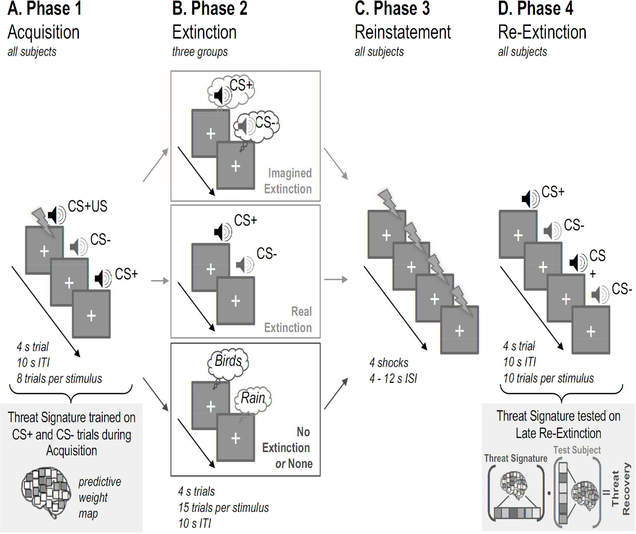Figure 1. Schematic of the Protocol and Methods.
This experiment was divided into four phases. (1) Acquisition. All participants (N=68) underwent an auditory threat-conditioning paradigm. The CS+ tone was paired with an electric shock 33% of the time. The CS− tone was never paired with shock. A whole brain multivariate threat-predictive pattern was trained on these trials using support vector machines. (2) Extinction. Participants were randomly divided into one of three ‘Extinction’ Sessions: Imagined Extinction (N=20), Real Extinction (N=22), and No Extinction (or None, N=24). Trial structure was conserved across groups, and imagined extinction trial order was yoked to real extinction stimulus presentation. (3) Reinstatement. All participants underwent reinstatement, where they received four unsignaled shocks presented 4 – 12 s apart. (4) Re-Extinction. Participants were then re-exposed to the conditioned stimuli to assess the effectiveness of the extinction sessions. The threat-predictive pattern was applied to participant-specific brain maps during the threat recovery test period, which was comprised of the last 5 trials of reextinction. The threat-predictive pattern was applied by taking the dot product between the unthresholded pattern and participant-specific brain maps. The dot product reflects the magnitude of similarity between two vectors.

